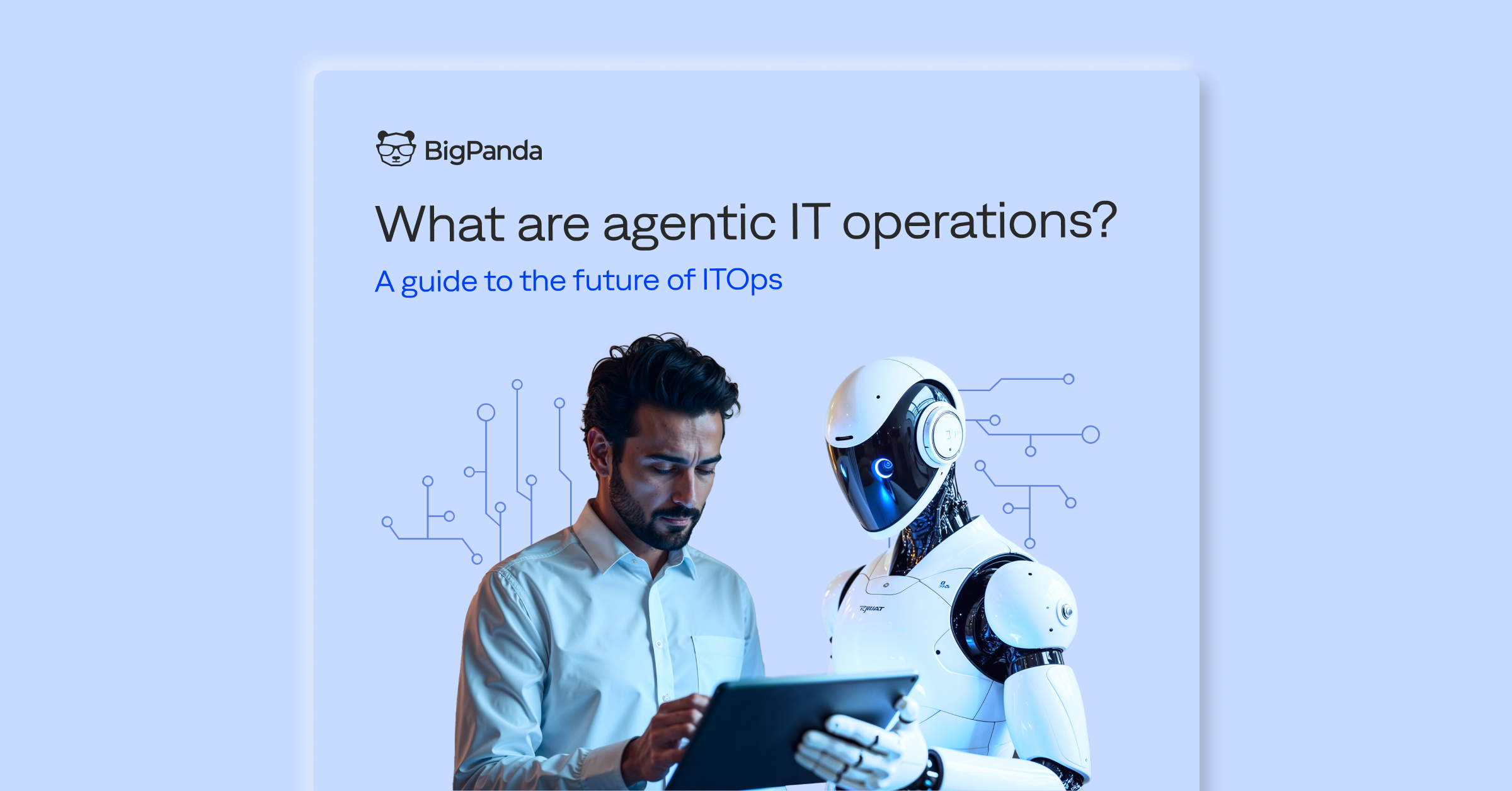All eyes are on generative AI. Enterprise IT teams are looking to Gen AI to translate the high volume of data from their services architecture into actionable insights. The goal: Improve operational efficiency and quality of work. But it’s challenging to sort through the hype (and confusion) to identify which vendors have GenAI capabilities that can provide true impact and value to their IT and service operations.
One capability in particular is AI-powered copilots. Copilots have the potential to transform IT operations and ITSM incident-management data, teams, and outcomes. However, it’s reasonable to ask what an incident-management copilot can do for your organization.
- How can copilots help me reach incident management goals?
- How do they help me achieve business goals?
- How do I choose the right incident-management copilot?
Let’s address these frequently asked questions so you can make better strategy and vendor decisions for your organization.
101: What is a copilot?
Also called an assistant, a copilot is a virtual tool that uses generative AI to help with daily tasks, both menial and significant, to improve productivity and provide better outcomes. Copilots exist in all facets of business and personal technology. You may have interacted with one that drafts suggested email responses, writes code for developers, or answers questions on a vendor’s website.
For ITOps and ITSM incident management teams, AI-powered copilots can troubleshoot active incidents in real time so operators can understand what’s happening, the impact, and steps to resolution as quickly as possible.
One of the most desirable outcomes of GenAI is real-time, point-of-use insights. According to recent ServiceOps research from EMA, 46% of IT leaders say that the most valuable benefit of AI for their organizations would be providing real-time identification of business context, dependencies, and impact.
The method of engagement is a critical component of a copilot. Users ask questions of a copilot using natural language. The copilot draws on all available information and uses the large language model (LLM) to prioritize the most relevant information, translate raw data insights, and deliver answers to the user in human-readable language. To maximize value, copilots should be available right where your teams work. That means built into the console where alert data is centralized, directly into collaboration tools like Slack or Teams, or integrated into critical platforms like ITSM.
Incident-management copilots explained
Copilots can uniquely accelerate goals for ITOps and ITSM incident-management teams, including greater productivity, reduced downtime, and cost efficiency. They use GenAI and an LLM to aggregate and analyze IT data volumes that are too large to handle manually and provide operators with unprecedented, real-time insights as an incident develops.
An effective incident-management copilot pulls data from various IT sources, including monitoring, change records, CMDB, historical incidents, runbooks, chat history, SOPs, and more. It creates a unique, holistic view of the infrastructure that incorporates both machine- and human-generated data. The copilot then:
- Filters out inconsequential data
- Pulls forward the most relevant data
- Translates it into answers and insights aligned to the original question
- Presents those answers to the operator or responder
This allows your teams to eliminate routine and manual steps, such as tracking down tool and app owners, logging into various consoles, looking through runbooks, understanding CIs, and performing other menial tasks.
The answers you can rely on an incident-management copilot to answer during and after an incident vary by provider. They typically include the following, all available in real time with updates as the incident develops:
- Reveal incident impact, priority, assignment, and other common troubleshooting questions.
- Automatically create incident communication channels, invite on-call teams, and provide quick summaries for newly added team members.
- Deliver self-service access to past incidents, resolutions, and team engagements.
- Predict possible root causes and reasoning.
- Provide diagnostic remediation suggestions.
- Draft key incident documents, such as post-mortems and after-action reviews.
Benefits for the whole team
The breadth of capability that AI incident-management copilots deliver is impressive, and their benefits extend throughout the IT organization. In addition to troubleshooting and resolving active incidents, copilots provide insights that improve the entire incident management process and the services and applications that make up the infrastructure.
- ITOps: Understand immediately if an incident occurs, including what’s happening, the priority, and who needs to be involved.
- ITSM incident management: Automate manual incident response steps and expedite investigation with real-time situational awareness on impact, what’s changed, whether this occurred previously, and how to restore service.
- Monitoring: Identify gaps in observability and low-performing alerts to improve alert tagging and quality and remove redundant or unused tools.
- DevOps and SRE: Reduce the likelihood of escalation, provide insights on recurring issues to fix them, and automate manual workflows.
The value of AI-powered incident-management copilots
Using GenAI and LLMs to harness massive volumes of data, copilots can transform the daily work of ITOps, ITSM, and infrastructure teams. The benefits to the broader organization include improvements to productivity, operational spending, and service availability.
Beneficial outcomes of AI-powered copilots within ITOps and service management include:
- Improved team productivity: Automate slow, manual incident management workflows. Deliver relevant insights and suggested remediation steps in seconds, where teams are already working.
- Faster incident response: With real-time delivery of context-rich insights, incident-management copilots allow teams to detect, investigate, and resolve incidents faster while reducing overall incident volume.
- Eliminating gaps between teams and tools: Unifying knowledge isolated in siloed teams and fragmented tools provides collective insight on incidents and the infrastructure, supporting collaboration across teams and enabling them to meet goals effectively.
- Better incident outcomes: Copilots support faster, more efficient workflows across cross-functional teams; identification of observability gaps; resolution of alert and ticket payload issues; and infrastructure improvements.
Incident-management copilots blend human insights, machine data, and AI precision to revolutionize incident management. They speed up response times, improve service availability and operational efficiency, and elevate the capabilities of the IT infrastructure to keep business running.
We’re just scratching the surface of what copilots overall can offer enterprise IT, who can benefit, and the best ways to evaluate them.
Explore how BigPanda Biggy AI can enhance your incident management processes and outcomes, or check out the Biggy AI data sheet.
Contact us to see Biggy AI in action and talk about your organization’s specific use cases.





